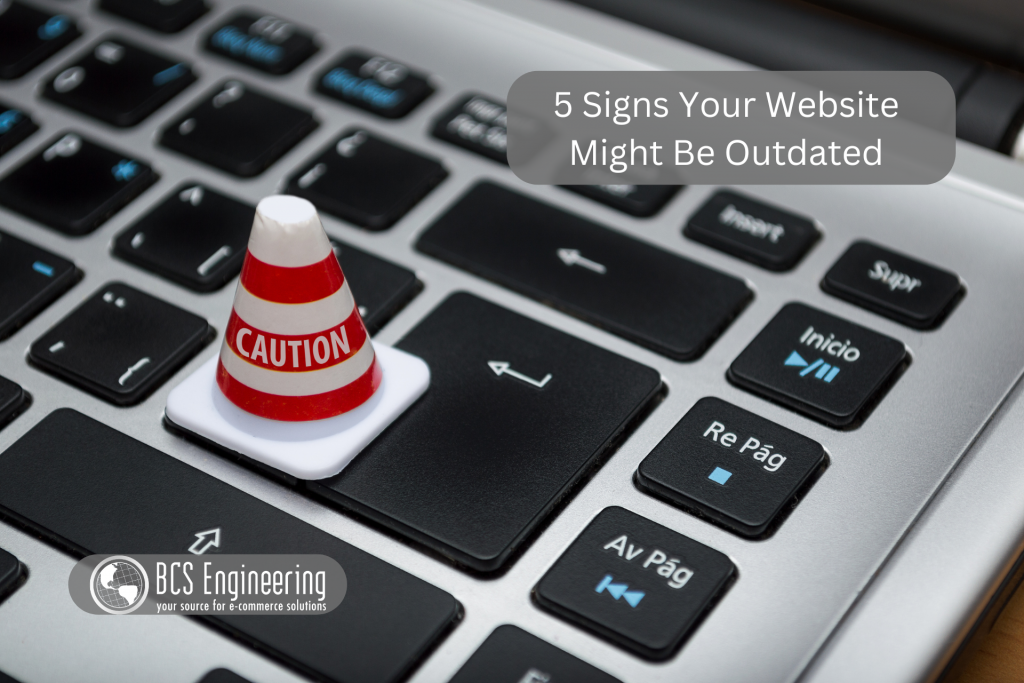Your website is often the first impression people get of your business—but when was the last time you gave it a good look?
If it’s been a while since your last update, your website could be sending the wrong message to potential customers. Technology, design trends, and customer expectations move fast. What worked a few years ago might be holding you back today.
Here are five signs your website might be outdated—and what you can do to fix it.

1. Your Design Looks Like It’s from a Decade Ago
If your website looks like it hasn’t changed since the early 2010s, visitors will notice—and not in a good way. Busy layouts, outdated fonts, and stock photo overload all scream “neglected.”
Why it matters: First impressions happen in seconds. A dated look can make your business seem out of touch or less trustworthy.
What to do: A modern, clean layout with easy navigation and mobile responsiveness goes a long way. Even small tweaks to fonts, spacing, and colors can make a big difference.
2. Your Site Isn’t Mobile-Friendly
More than half of all web traffic comes from mobile devices. If visitors have to pinch, zoom, or scroll awkwardly just to read your content, they won’t stick around.
Why it matters: Google prioritizes mobile-friendly sites in search results. A clunky mobile experience can hurt both your user experience and your SEO.
What to do: Test your site on multiple devices and screen sizes. If it’s not responsive, it’s time to talk to your web developer about making it mobile-first.
3. You Haven’t Updated Content in Months (or Years)
A blog with the last post dated 2021, or an event calendar stuck on last year, sends a message: “We’re not paying attention.”
Why it matters: Outdated content can hurt your credibility. It may also affect how well your site ranks in search engines.
What to do: Set a content update schedule, even if it’s just quarterly. Refresh old blog posts, update your homepage, and check that all links and CTAs are still relevant.
4. Slow Load Times Are Driving Visitors Away
Today’s users expect pages to load fast—within 2–3 seconds. If your site is slow, they’re likely to hit the back button before they even see what you offer.
Why it matters: Slow sites frustrate users and negatively impact SEO rankings.
What to do: Use tools like Google PageSpeed Insights to test your site. Compress images, minimize code, and consider switching to faster hosting if needed.
5. Your Website Doesn’t Reflect Your Current Business
If your offerings have changed, your branding has evolved, or your target audience has shifted—but your site hasn’t caught up—you’re missing out.
Why it matters: Your website should reflect the business you are today, not the business you were three years ago.
What to do: Review your site content with fresh eyes. Ask: Does this speak to my ideal customer? Are my services clear? Is my message still accurate?
Don’t Set It and Forget It
If any of these signs sound familiar, you’re not alone. Many business owners launch a website and then move on—but your website isn’t a one-and-done project. It needs ongoing attention to keep working for you.
To learn more about why regular website updates are essential for your business, tune in to my latest podcast episode: Why Your Website Isn’t a Set-It-and-Forget-It Tool
